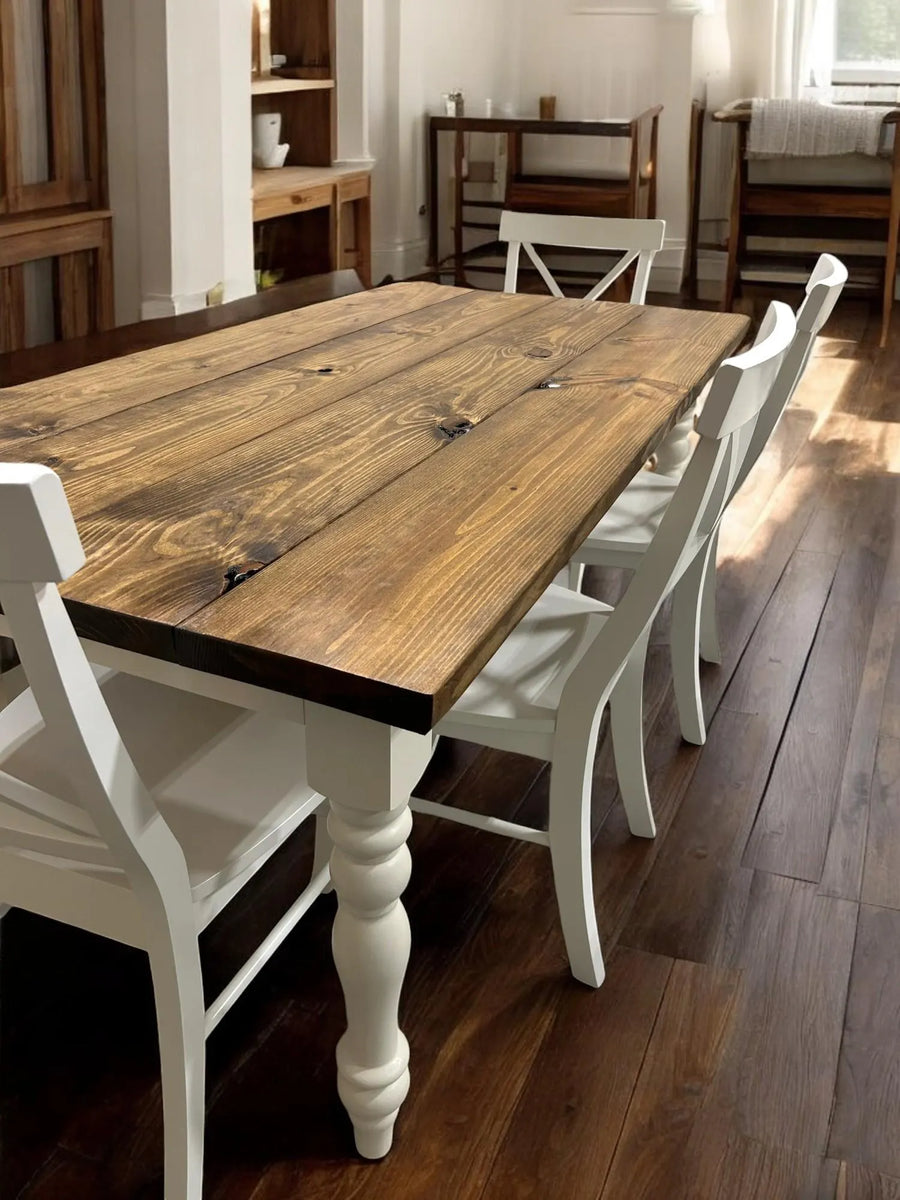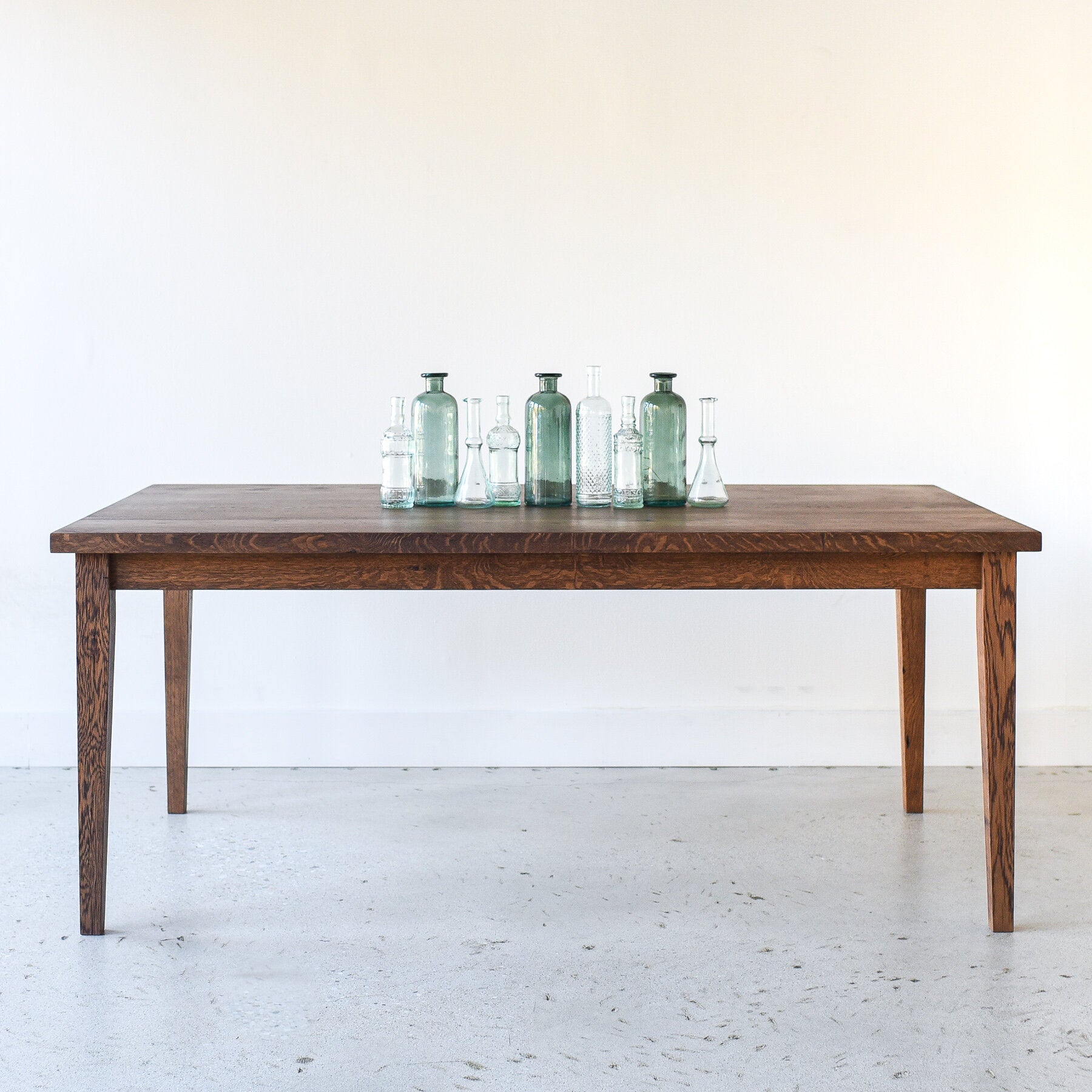Discover Classic Beauty in Handcrafted Dining Table Legs Wood Selections
Discover Classic Beauty in Handcrafted Dining Table Legs Wood Selections
Blog Article
Discovering the Different Sorts Of Table Legs Timber for Your Dining Area
The selection of eating table legs timber can greatly impact both the useful and visual qualities of your dining space. Strong timber options, such as oak and walnut, give a timeless look with unrivaled durability, while crafted timber choices provide ingenious styles that mimic the richness of natural grains.
Solid Wood Options

Unlike engineered materials, strong wood is much less vulnerable to bending and damage over time when effectively preserved. Each piece of strong timber is special, showcasing private qualities that include to the beauty and personality of the dining table.
In addition, solid timber can be completed in numerous methods, ranging from natural oils to tarnished finishes, enabling home owners to customize their furnishings to match their style. In summary, picking solid wood for eating table legs not only ensures architectural integrity but additionally enhances the aesthetic allure of the dining location, making it a worthwhile investment for any type of home.
Engineered Timber Alternatives

Plywood, created from numerous layers of wood veneer, is especially solid and secure, making it an excellent choice for eating table legs. Its layered composition allows it to hold up against adjustments in humidity and temperature much better than standard solid timber. MDF, on the other hand, provides a smooth surface for paint or veneering, making it possible for designers to attain a sleek appearance while keeping architectural honesty.
When selecting engineered wood alternatives, it is vital to think about the desired usage and desired visual. These products not only boost the capability of dining areas yet also enable for greater style versatility, making sure that standard and contemporary designs can coexist sympathetically.
Reclaimed Timber Includes
Redeemed timber supplies a special blend of sustainability and personality, making it an increasingly preferred selection for eating table legs. Sourced from old barns, factories, and various other frameworks, reclaimed wood embodies a background that brand-new products merely can not reproduce. Each item lugs its very own story, marked by distinctive blemishes, knots, and varying grain patterns, which add to a table's special aesthetic appeal.
In enhancement to its aesthetic charm, reclaimed timber is an eco-friendly option. By repurposing formerly utilized materials, it decreases the need for new lumber, hence helping to minimize and save forests waste. This straightens with a growing consumer choice for sustainable practices in furniture.
Furthermore, recovered timber is often much more sturdy than newly collected wood as a result of its age. The all-natural drying out procedure that reclaimed wood goes through results in a denser and stronger product, making it much less vulnerable to warping and splitting. This boosts the long life of eating tables, permitting them to endure the rigors of daily use.
Softwood vs. Wood
When choosing eating table legs, understanding the differences in between softwood and wood is vital for achieving both aesthetic and functional objectives. They typically show an even more rustic look, making them suitable for informal or country-style eating rooms.
On the various other hand, hardwoods, sourced from deciduous trees like oak, cherry, and maple, are renowned for their density, toughness, and sturdiness. The complex grain patterns and rich shades of woods give a sophisticated and timeless charm, making them optimal for official eating setups. While hardwoods often tend to be a lot more expensive and heavier, their resilience versus damage usually justifies the financial investment.
Inevitably, the option between softwood and wood for eating table legs should Read Full Report line up with your style vision, usage needs, and spending plan, ensuring that your eating area shows your personal design while continuing to be useful over time.

Therapies and coatings
The aesthetic appeal and long life of table legs can be dramatically improved via numerous finishes and treatments. These procedures not only protect the wood from damages however additionally raise its appearance, enabling it to complement read review diverse indoor designs.
One typical therapy is staining, which passes through the wood and boosts its all-natural grain while adding color. Stains offer a rich, sophisticated look, making it possible for property owners to match their furniture with existing decor. Conversely, clear coatings such as polyurethane or varnish develop a safety layer without modifying the wood's initial color, making sure toughness versus deterioration.
Furthermore, all-natural oils, like tung or linseed oil, nourish the wood and provide a subtle shine, all while being green. These oils enable the surface to take a breath, preventing moisture build-up and possible bending.
For those looking Look At This for a rustic appeal, weathered or distressed finishes can be related to produce an aged appearance, including character to the item. Eventually, the option of therapies and surfaces depends upon personal choice, wanted appearances, and the particular wood type, making it vital to think about these elements when selecting table legs for your space.
Final Thought
Finally, the selection of table leg products significantly influences both the visual and functional aspects of an eating room. Solid timbers, engineered options, and reclaimed options each deal unique benefits, accommodating different preferences and needs. Understanding the differences between woods and softwoods, together with ideal surfaces and therapies, allows for notified decision-making. Eventually, the selection of wood type ought to line up with preferred style, resilience, and environmental considerations, improving the general eating experience.
The choice of eating table legs timber can exceptionally influence both the aesthetic and functional high qualities of your eating area - Dining Table Legs Wood. Strong timber alternatives, such as oak and walnut, offer a classic appearance with unparalleled toughness, while engineered timber options provide cutting-edge designs that resemble the richness of all-natural grains. Strong timber provides an ageless quality that can boost the overall design of an eating space. Each piece of strong wood is unique, showcasing individual characteristics that include to the charm and character of the dining table
In addition, recovered timber is typically much more sturdy than newly gathered wood due to its age.
Report this page